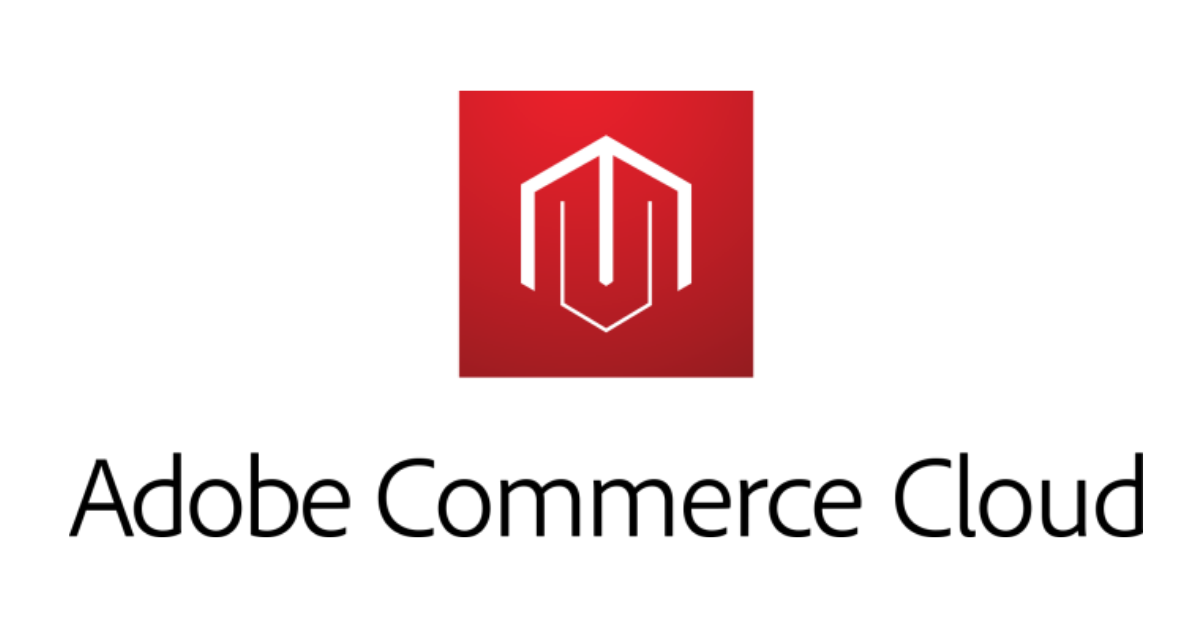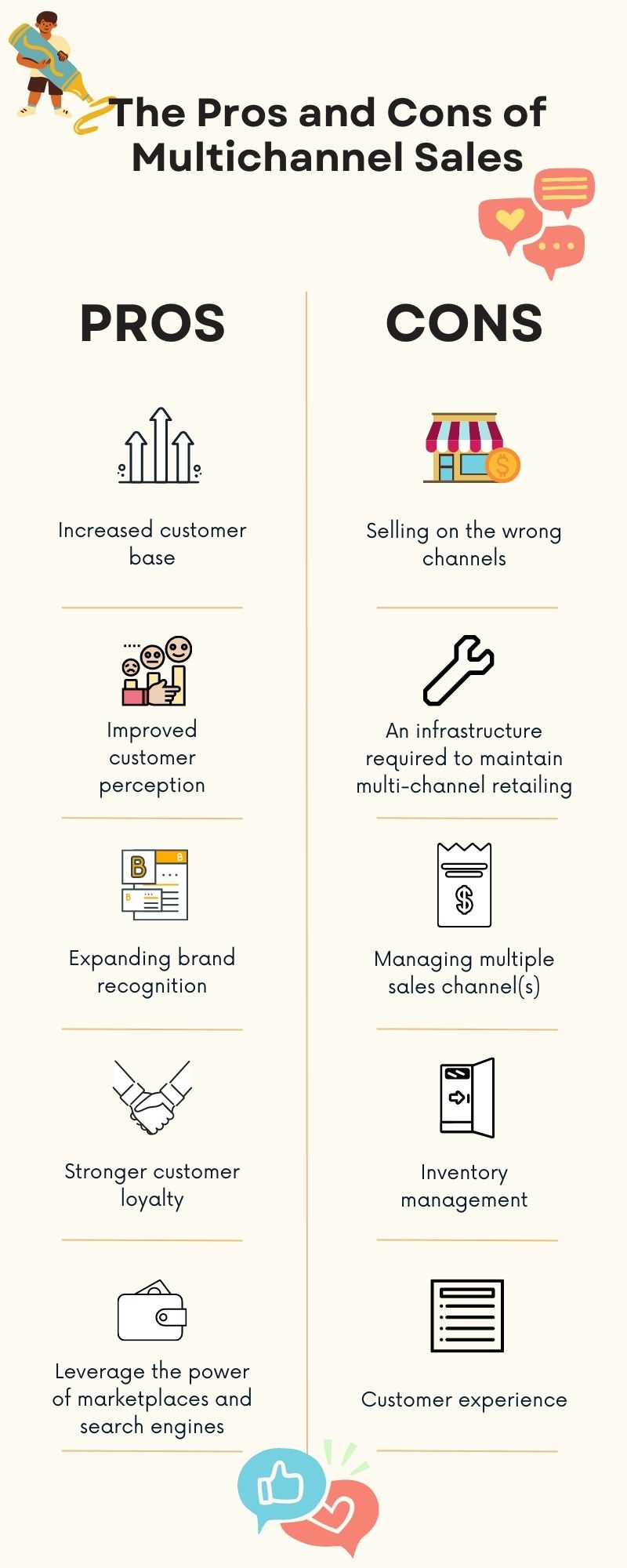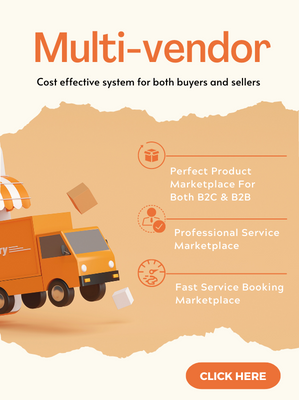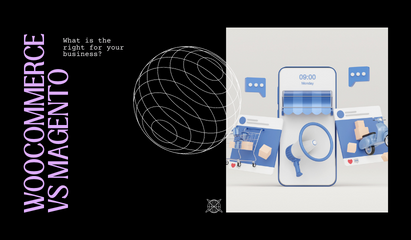With the development of the Internet, customers can approach sellers through many channels. They have more than one way to find their favorite brand and products. Therefore, it means sellers have to compete to attract customers. Then if they only sell products via traditional methods like physical stores, it is pretty tricky to catch up with the behavior of modern buyers. As a result, multichannel sales appear as a trend for businesses to boost sales and revenue. However, managing many platforms, from social media to websites, isn’t easy. Therefore, a good platform integrating various channels is a good choice. In this article, Magesolution will suggest a platform called Adobe commerce cloud. Then we will explain why it is the perfect choice for multi-channel sales.
An Overview of Adobe commerce cloud

What is Adobe commerce cloud?
Adobe is always famous for its Commerce Cloud platform, which provides a perfect solution for business and boosts commerce experiences.
Adobe Commerce Cloud belongs to the Experience Cloud. In other words, it is always the first choice for enterprises in almost all fields. Because it integrates lots of helpful tools to let users have various digital experiences
Commerce Cloud owns lots of robust and efficient e-commerce tools. Therefore, it creates a variable and fully-managed base for users.
Magento is an open-source, and it provides 2 versions. Magento Open Source is a free version that anyone can customize. While Magento Commerce on-premise and Magento Commerce are enterprise versions. Hence Adobe Commerce Cloud inherited the enterprise part of Magento Commerce and integrated it with Adobe Experience Manager. As a result, people can fully customize storefronts and control everything through various channels and devices.
Adobe Commerce Cloud Benefits
Scalability and extensibility: Adobe Commerce Cloud, with the feature of Magento, has become one of the most flexible and extensible e-commerce solutions. Therefore, it brings an all-in-one customer experience thanks to a cloud-based headless architecture.
Multi-channel commerce: Whether your business is B2C, B2B, or hybrid models, Adobe Commerce Cloud can help you control your commerce business conveniently. Besides, it is supported and enriched by multiple integrations to shorten the time to market.
Intelligent commerce: With the adaptation and aid of AI, you can take a deep insight into your customer’s behavior. Using a database will help you find out and optimize how they respond to your products and services.
Operational confidence: Adobe Commerce Cloud is an ideal platform for scaling and diversifying the business. It allows you to operate B2C and B2B business channels from a single, unified back end. Using AI makes workflow easier and cuts down costs and time.
An Overview of multichannel sales

What are multichannel sales?
Multichannel selling is the way of selling goods on multiple sales channels at once. Multichannel retailers can sell on their own websites, numerous marketplaces, wholesale or B2B channels, and social media. Each channel has the capability to handle purchases. In other words, multichannel combines the customer experience and allows customers to participate in their preferred channel. Retailers don’t lose out on sales made on sites other than their own.
Benefits of multichannel sales
Increased customer base
With the development of the Internet, businesses have more opportunities to sell and promote their product in different places. And each platform, like mobile apps and social media, has separated target customers. Therefore, if you only choose a single site, you can limit your ability to come closer to customers. In contrast, being on multiple channels, you can increase your reach by exposing your products to new and different markets. Besides, when buyers compare prices between websites, your web can appear.
Improved customer perception
Brands that deliver a seamless purchasing experience generate a better overall consumer experience. Then it can lead to increased customer loyalty. They must know their customers’ wants, shopping habits, and digital expertise. Brands can set themselves not just by cheaper prices but also by convenience because of multi-channel distribution. Brands use a multi-channel distribution strategy to get their products to customers who need them. For example, it can be in-store or online, increasing revenue, exposure, and customer reach.
Expanding brand recognition
Consider the well-known brands. They’re everywhere, from supermarkets, the internet, and television to social media. Therefore, you make a purchase from them.
Multichannel selling is the same way. The more locations you visit, the more people will recognize your brand and automatically trust and warm up to it.
Stronger customer loyalty
Your products will be more accessible if you sell them wherever your customers want to buy them. As a result, according to an IDC Retail Insights analysis, multi-channel consumers spend more money, resulting in:
- The average transaction is 15–35 percent greater.
- Increased profitability from loyal customers by 5%–10%
- Single-channel buyers have a 30% higher lifetime value than multi-channel shoppers.
A study published in The International Journal of Retail and Distribution Management pointed out that online loyalty is mainly driven by offline belief. Put another way, nail the experience you provide customers in your retail store. They’ll keep buying through online channels, enhancing customer retention and lifetime value.
Leverage the power of marketplaces and search engines
Amazon, Walmart, eBay, and even Google strive for eCommerce market share, with retailers caught in the crossfire. A single-channel vendor may suffer if one company dominates the other, whereas multi-channel sellers have more freedom and flexibility. These tech behemoths are all working to personalize shopping experiences for customers, assisting them in finding the right product. Multi-channel commerce allows you to control technology, allowing your products to be found, from marketplace algorithms to better search results.
Another reason to investigate marketplaces and comparison shopping engines is the issue of trust. Aside from fake reviews, most shoppers use these websites because of their reputation. Besides, it will be the availability of product ratings and peer reviews. These platforms offer traffic and a trust factor through peer reviews.
The challenges of multichannel sales

Selling on the wrong channels
While diversification is vital in reaching a wider audience, starting on an irrelevant channel can be harmful. A spray-and-pray strategy will not work because you risk marketing to the wrong community, audience, or sector. Before selling on these sites, ensure you’re targeting the proper market. Otherwise, you’ll be wasting your time and money.
Aside from the listing fees, your staff must cope with constantly changing category trees, regulations and policies, and backend platforms. Not to mention that writing, publishing, optimizing, and repricing listings for each channel takes time. Furthermore, the track may already be packed with rivals. An excellent way to reduce this drawback is to carefully estimate each marketplace and experiment.
An infrastructure required to maintain multichannel sales
You may experience growth pains if you start selling on two or more sites. Therefore, you will need excellent processes and foundations in place. Otherwise, listing on channels, maintaining inventory, processing orders, and providing customer service can all take a toll on your organization. You risk developing a backlog of orders, tasks, and refunds if you don’t perform one or the other. Therefore it might seriously harm your brand and marketplace score.
Managing multiple sales channel(s)
Logging into one sales channel, creating listings, processing orders, and managing returns is incredibly straightforward. You’ll find yourself duplicating efforts when you add more than one sales channel to the mix. You need to manage orders across different logins and have things flow out and in through multiple marketplaces. Fortunately, if you use multichannel management software, it can handle listings, charges, and returns from a single interface.
Inventory management
If you thought managing cash flow and inventory was difficult with just one sales channel, wait until you expand. Good inventory management is essential for a healthy cash flow and satisfied consumers. Out-of-stock items and overselling can happen because of poor inventory management, which is harmful for sales, ratings, and loyalty. Invest in multichannel management software that incorporates inventory management software to ensure that your inventory is always up to date and in stock across all your sales channels without incurring additional fees.
Customer experience
Customers are always important whether you have a single or multiple sales channel. When you’re monitoring orders from many platforms, completing orders fast from purchase to shipment can be difficult. Then you must ensure that orders are processed efficiently and delivered on time.
Marketing
A classic multi-channel seller blunder is to believe that marketing activities must be duplicated across all channels. Each sales channel attracts unique clients, so marketing strategies that work on one won’t always work on the other. To get the maximum benefits, devote time to tailoring your marketing strategy to each sales channel and audience.
Why Adobe Commerce Cloud is suitable for multichannel sales?

Here’s how Adobe Commerce Cloud can assist you with mobile sales
Responsive themes: It’s simple to construct eCommerce websites using Adobe Commerce’s attractive templates, which operate even better on every device, even small displays.
Progressive Web Apps: With the support of Adobe Commerce Cloud, provide your consumers with the speed and convenience of a mobile app while enjoying increased business visibility on the web.
Mobile-Friendly Checkouts: By integrating payment gateways, you can speed up the checkout process and boost mobile sales.
Popular Marketplaces are easily integrated
ACC is the ideal answer for you if you wish to sell on markets in addition to your eCommerce business. It allows you to manage all parts of your company from a single, consolidated location. It enables you to seamlessly connect numerous platforms, removing the need to complete some tasks manually, such as changing inventory, orders, and product descriptions. You can also sell your items on these well-known marketplaces. Most online shoppers start their shopping adventure on a popular e-commerce platform like Amazon, eBay, Myntra, etc. They learned about your brand on these marketplaces and then visited your website to look at more interactive discounts and browse your product line.
These marketplaces get a lot of traffic, so you can list and sell your things there. Adobe Commerce Cloud makes it simple to integrate with these platforms, so you don’t have to handle things like changing orders, inventory, and fulfillment by hand. These marketplaces can potentially enhance your sales by a factor of ten.
Integration with Point of Sale
You’ll need a Point-of-Sale system to keep track of everything if you run a real business. A point-of-sale system allows you to keep track of your online business’s inventory and do various tasks easily. You may combine several POS systems with Adobe Commerce Cloud to manage your business operations from the admin interface.
All-in-one platform for B2B and B2C
Many eCommerce businesses are using a hybrid approach that mixes B2C and B2B. This business technique is advantageous to retailers since it helps them to prevent losing sales and narrow their target market. Maintaining two company models is challenging without a platform like Adobe Commerce Cloud. It enables you to manage the complexities of a hybrid model that uses the same tools and infrastructure to serve both B2C and B2B customers.
Social Media
On social media, a freshly founded internet business can find new consumers. Because you will have limited traffic at first, a social media network will provide you with exposure and sales. Because companies may sell and reach a bigger audience by selling on social media platforms, this is referred to as Social Commerce. You can also respond to client questions and work on positive comments via social media sites. Adobe Commerce makes selling on popular social media networks like Facebook, Twitter, and Instagram easy. Adobe Commerce makes it simple to link your social media networks.
Comparison Shopping Engines
Customer acquisition is significantly aided by comparison shopping engines. The majority of buyers use Google or Amazon to conduct product research. While hundreds of millions of people use comparison shopping platforms to aid in their purchasing decisions. There’s a reasonable probability that if you’re an online store that stands out during decision-making, you’ll gain a new customer on the comparison shopping engine.
The essential issue here is that comparison shopping engines aren’t just for comparing the costs of things offered on multiple platforms. They’re also for enhancing e-commerce sales exposure. You can use any of the various comparison shopping engines available to market your items. Then you can drive visitors to your multi-channel selling platform.
You can start with Google Shopping Feeds to establish a presence on the search engine behemoth. Google is the most popular search engine. As a result, you will see a significant increase in conversion.
Physical Stores
You can combine various POS systems with Adobe Commerce Cloud and manage your physical business from the admin interface. The POS System allows the store owner to operate the Physical Store (Brick and Mortar Store) quickly and efficiently. Your firm can keep track of the products in your physical store using a POS system. All transactional information is saved. As a result, you can always keep track of what’s in stock and what has to be re-ordered.
It will be a tremendous benefit to use a POS that is linked to your eCommerce business. All transactions and data will be stored in one location. As a result, utilizing the accessible data to grow the firm is straightforward.
Mobile Apps
More than 60% of online shoppers use their mobile devices to visit online retailers. This necessitates the existence of a mobile presence for online retailers. Consumers today choose to purchase whenever and wherever they want, including on the go. As a result, mobile e-commerce applications are preferred over websites.
Mobile apps are the most effective approach to reaching a mobile audience and boosting revenue. M-commerce is the term for selling through mobile apps. Mobile applications offer several advantages over standard websites. It includes offline data, a better user experience, and access to mobile hardware (camera, microphone, and so on).
Conclusion
This article points out why Adobe commerce cloud will be an excellent selection for your business. Thanks to Adobe commerce cloud, you can bridge the gap between customer and buyer. Then you can access a broad range of markets and customers. As a result, you can boost your sale and revenue. If you are new to this field, Magesolution will help you with your business. Our company partners with Adobe, so we can confidently provide the best service: Magento Website Development. Therefore, if you have any questions, contact us for more information.



